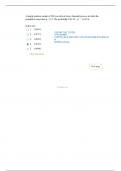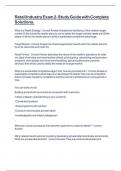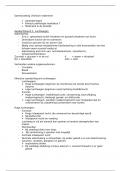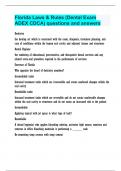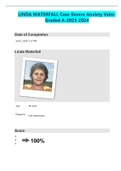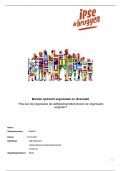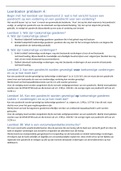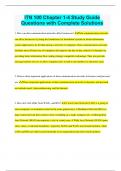Exam (elaborations)
STA1501 ASSESSMENT 4 OF 2024 EXPECTED QUESTIONS AND ANSWERS
- Institution
- University Of South Africa (Unisa)
THIS DOCUMENT CONTAINS CAREFULLY WORKED OUT STA1501 ASSESSMENT 4 OF 2024 EXPECTED QUESTIONS AND ANSWERS. USE IT CORRECLTY AS A GUIDE TO SCORE ABOVE 75% IN THE ASSESSMENT
[Show more]
